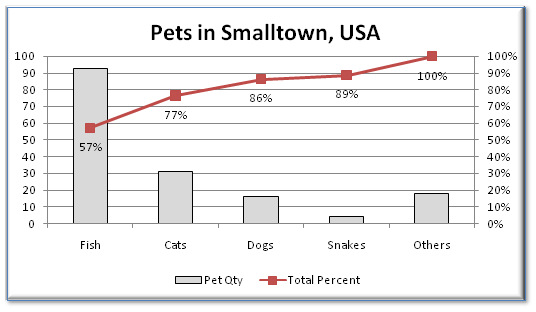Lean Terms
Low-Key Kanban
True kanban is a very formal, regimented system. Following that process in a disciplined manner is what makes it work as well as it does. If cards go missing or don’t get dropped on time, the system fails. But that same structure can also be a barrier to attempting it when there Read more…









